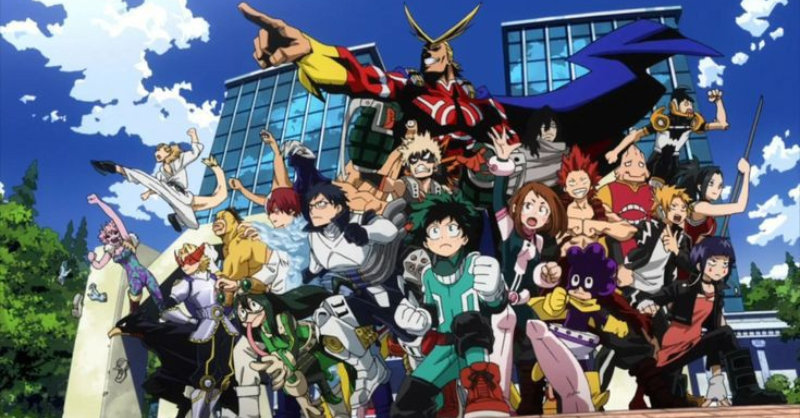Movies
Love, Loss and Acceptance: Themes explored in Suzume no Tojimari

How Makoto Shinkai’s latest film, Suzume no Tojimari goes beyond romance and explores wider themes
Watching a Makoto Shinkai movie is all about pushing you into a magical world. In 2016, we watched “Your Name” and we’re completely taken by how beautifully it imbued all its elements together. That’s the thing about Shinkai movies showing romance at the stake of natural balance of things, representing young love just how it feels, chaotic and stubborn. Suzume no Tojimari recently hit theaters across the globe and despite having some Shinkai movie elements in it, this story was different.
The plot –
17-year-old, Suzume was living a normal life with her aunt on the southwestern Island of Kyushu until she encountered a strange man who asked if she had seen any abandoned places nearby. These doors are a passage to another world and can cause disasters if left open. The strange man, “Shouta” has the responsibility to close these doors to avoid the catastrophe. There are keystones who are responsible for guarding these doors. Accidently, Suzume sets the keystone, “Daijin” free. Daijin later curses Shouta and turns him into a chair and Suzume takes on the responsibility as a “closer”. She goes onto a cross-country adventure in the quest of preventing these disasters. The story also illustrates the trauma and vulnerability that adolescents feel in many parts of Japan.
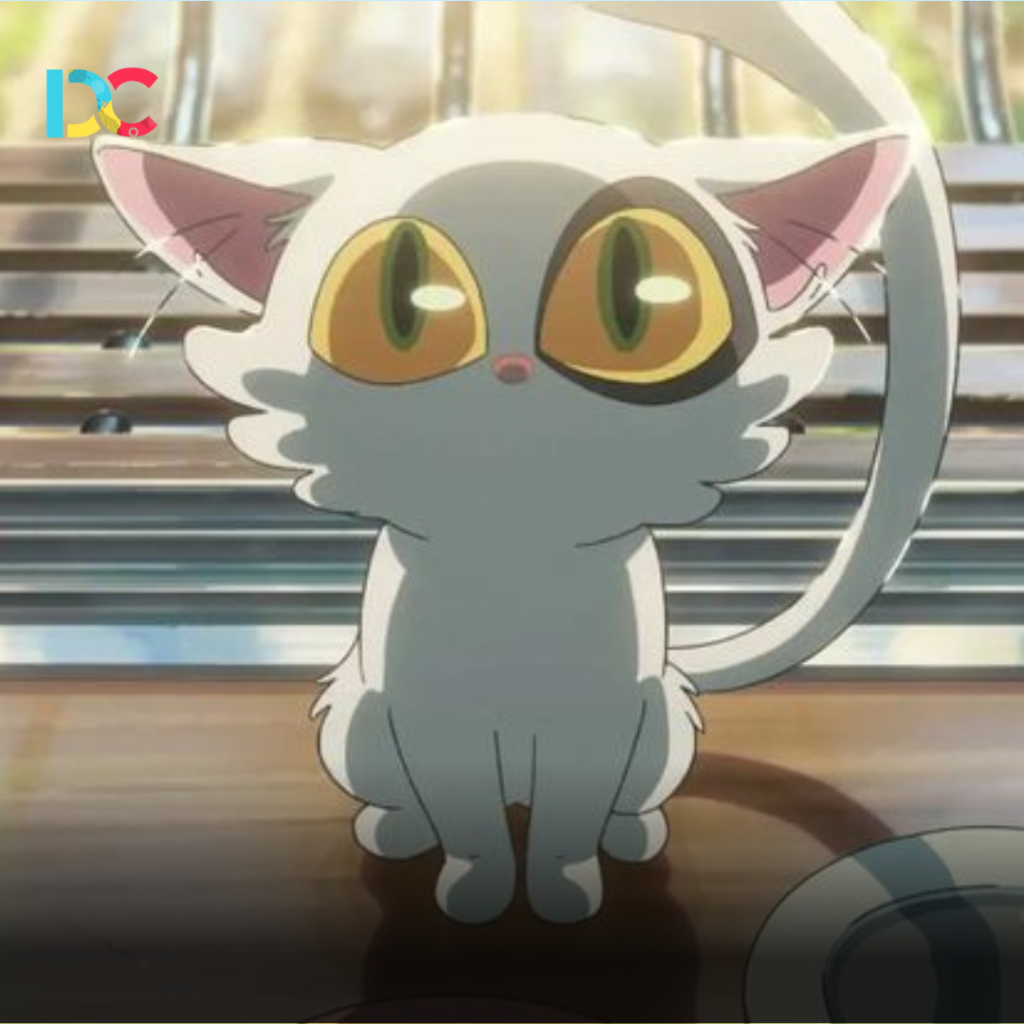
The problem –
One thing to notice here is that these disasters only originate from abandoned and depopulated spaces like a closed down school, a ghost theme park, a desolated town or a deserted building. The countryside theming of the story goes further as the film touches upon the subject of rural depopulation in Japan. A significant decline has been seen in the rural population of Japan as most of the country’s population resides in bigger cities like Osaka, Tokyo, Nagoya etc. The hollowing of rural spaces poses a lot of problems for the local authorities as they find it difficult to keep the records and manage the resources in these areas. But the issue isn’t just about maintaining logistics as the problem stretches wider than that. It’s an emotional loss for people living in those communities when they see their homes and communities disappear. Throughout the movie, we had characters talking about abandoned places and their associated memories with them. Like the lady who talked about the abandoned amusement park and how she misses the time she has spent there. How this movie links the memories of these abandoned spaces to the pathway of spiritual breakdown is truly beautiful.
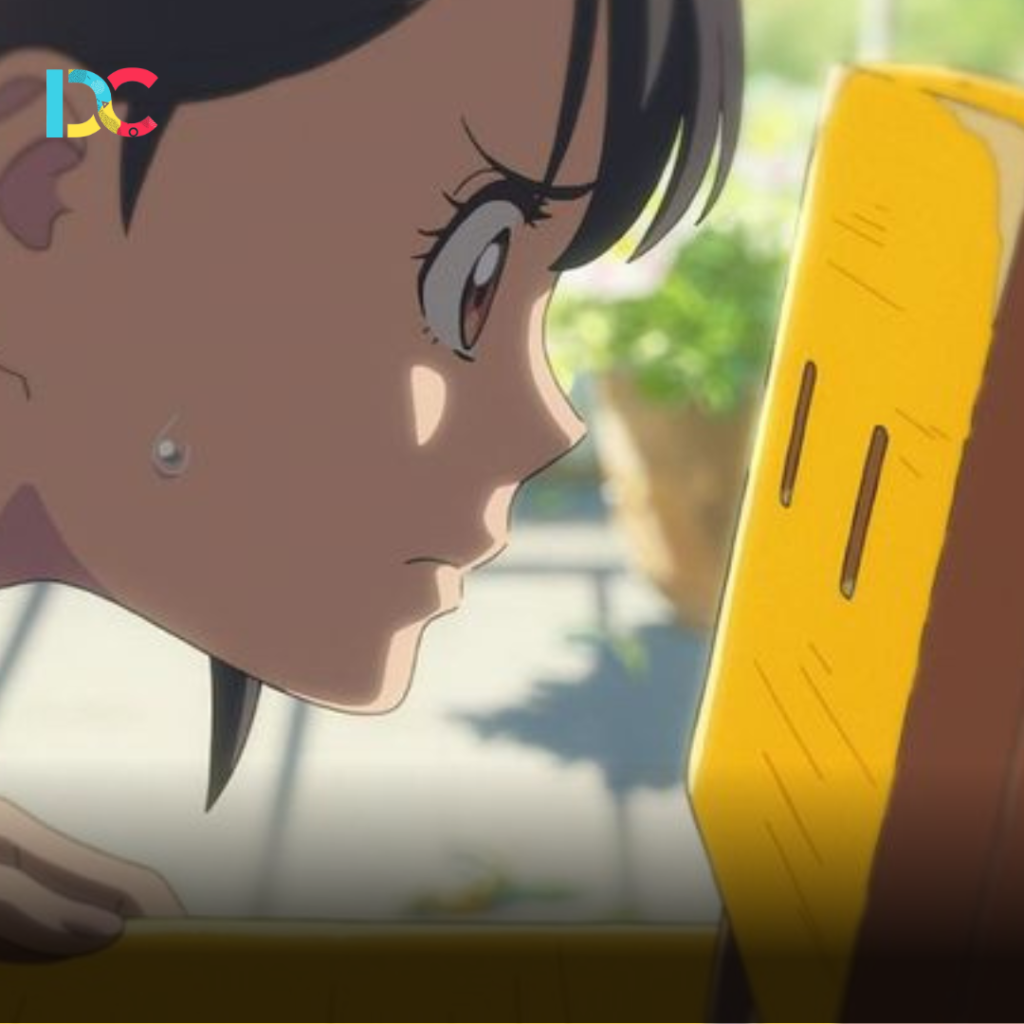
The aftermath of a disaster –
The film is all about disaster but unlike Shinkai’s previous work it is not about the disaster itself but what remains after the destruction. It brings back the horrors of 2011, the Japanese earthquake, referred to colloquially as the ‘triple disaster’ due to the subsequent tsunami and meltdown at the Fukushima Dai-ichi Nuclear Plant, horrors of which are still present in contemporary Japanese society. Suzume lost her mother to this disaster as a kid. Knowingly or unknowingly, she internalized her sadness. The film focused on her individual trauma but it also touched upon the much wider cultural trauma. When Suzume tries to visualize the life in those abandoned places in an attempt to close those doors, she shares the collective memories and feelings of loss.
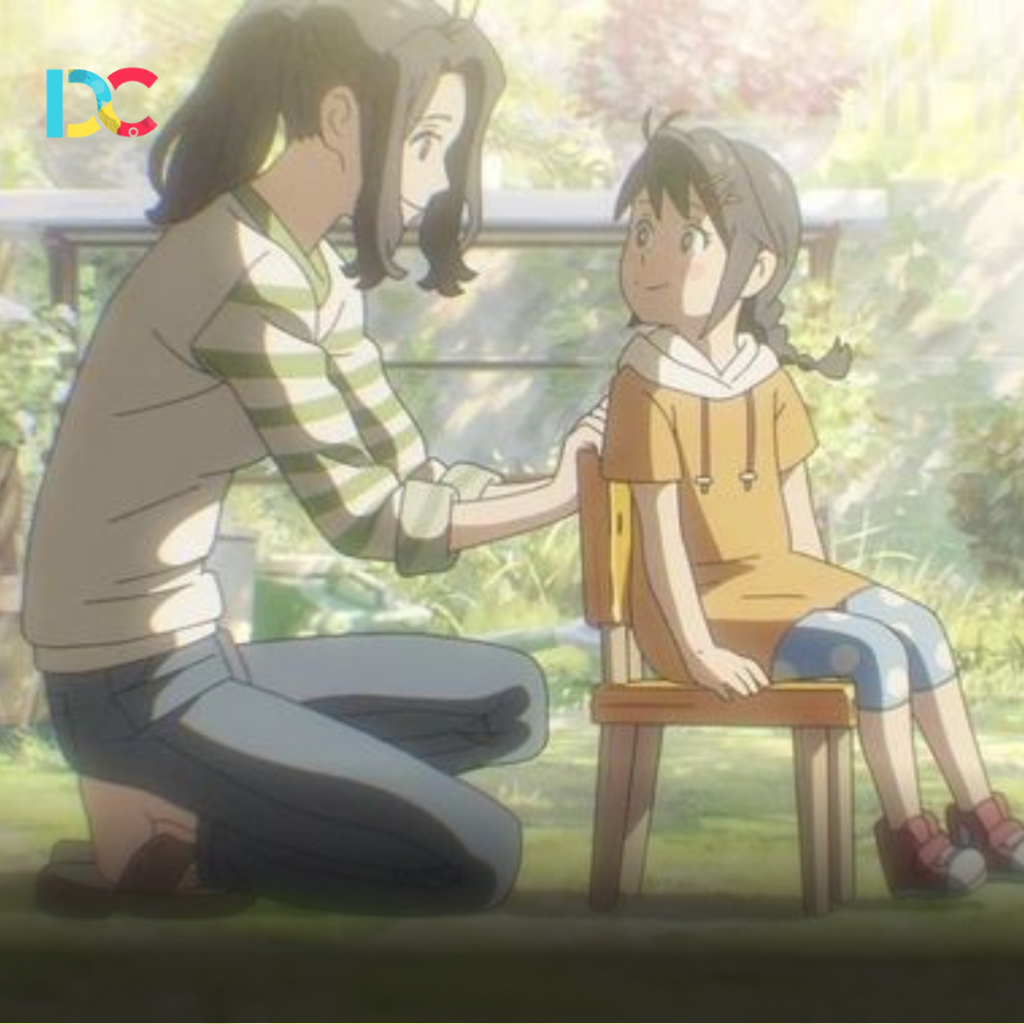
Acceptance –
A lot of people argued how the primary characters and their romance wasn’t compelling enough in the movie. That might be because the movie didn’t want it to be centered around the primary characters and their romance. In a scene, Suzume had an argument with her aunt. And her aunt cries over how she ruined the good years of her life because she had to take care of suzume. At the same time, Suzume complains how her aunt has been over-indulged in her life. This was a pretty important scene as it portrays one of the main elements of the movie and that is acceptance and moving on. Most of the time, we internalize our sadness and learn to live with it.
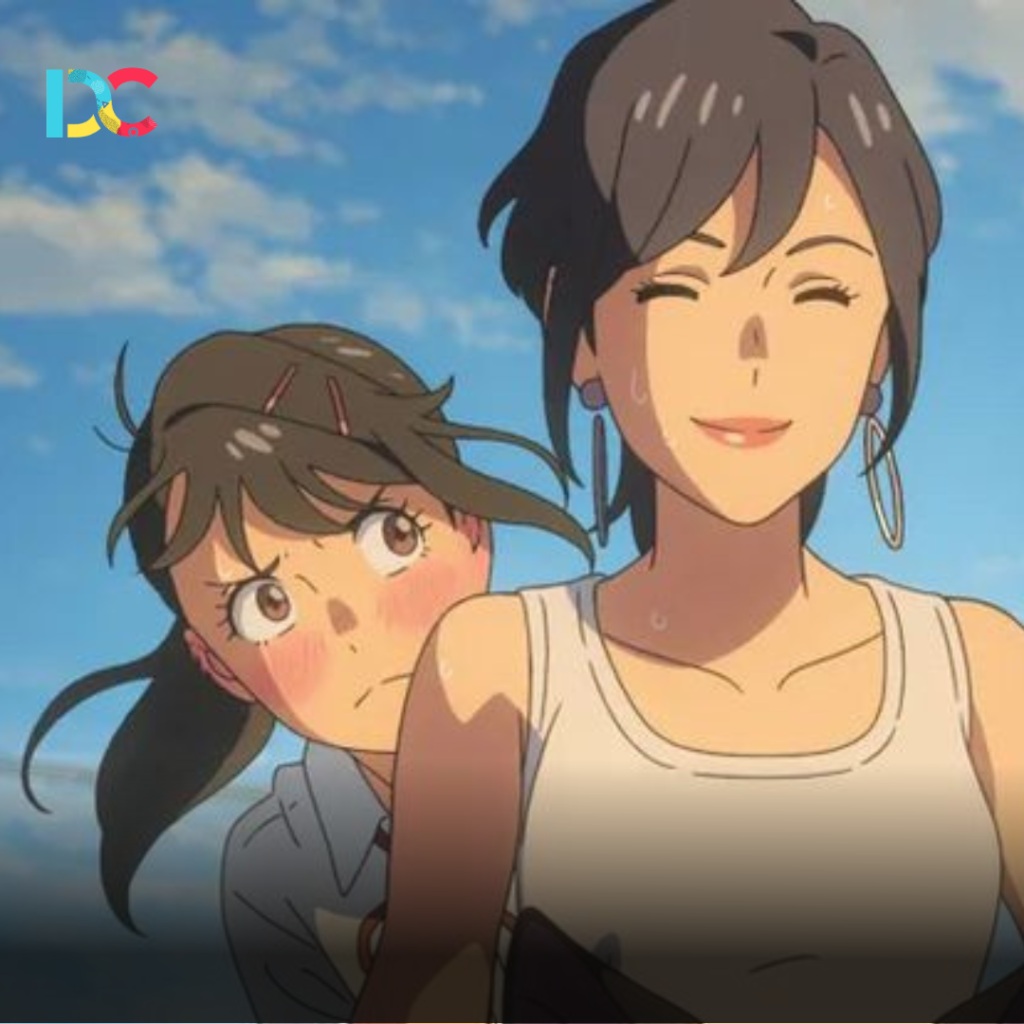
17-year-old Suzume had the opportunity to meet the 5-year-old Suzume at the end of the movie. It was the same time when Suzume just lost her mother. Seeing her desperately searching for her mother, teen Suzume realizes how she already knew that no matter what she does, her mother won’t ever return. But she never had the chance to accept and feel that sadness. She gives a tight hug to her younger self and assures her of a brighter future. Suzume no Tojimari wants us to feel and accept the sadness but at the same time it wants us to hope and dream of a brighter future.
Also Read: Breaking the Mold: How Demon Slayer Redefines the Shonen Genre?
Follow us for more @discultured
Entertainment
Uttarakhand Wedding Awards 2025: Celebrating the State’s Journey Towards Becoming a Premier Global Wedding Destination
Uttarakhand Wedding Awards

Dehradun, 14th September 2025 – The Uttarakhand Wedding Awards 2025 lit up the evening skies at Hyatt Centric, Dehradun, with a dazzling celebration of excellence, creativity, and vision in the wedding industry.
Organized by Himalayan Buzz Admedia LLP, in association with The Big Daddy Events Co., the event brought together leaders from the wedding, hospitality, and tourism sectors to recognize excellence and lay the foundation for Uttarakhand’s emergence as a world-class wedding destination.
The glittering evening featured an exclusive guest list of wedding planners, hoteliers, tourism officials, and government representatives, all working collectively towards transforming Uttarakhand into a premier hub for wedding tourism.
Dignitaries Grace the Occasion
The awards night witnessed the presence of eminent dignitaries who have been instrumental in shaping the state’s cultural and tourism landscape. The event was graced by Maharani of Tehri Garhwal and Member of Parliament, Mala Rajya Laxmi Shah, attending as the Chief Guest. Her presence added a touch of regal elegance and highlighted the importance of preserving Uttarakhand’s rich heritage while promoting it as a global wedding destination.
Accompanying her were other distinguished Guests of Honor, including Mrs. Tripti Juyal Semwal, Vice President of Maya Devi University, Mrs. Poonam Chand, Additional Director at Uttarakhand Tourism, and Shri Saurabh Thapliyal, Mayor of Dehradun. Their combined presence underscored the collaborative effort between government bodies, academia, and industry leaders to elevate Uttarakhand’s wedding tourism ecosystem.
Strategic Industry Dialogue – Vision & Mission 2030
One of the evening’s most significant highlights was a panel discussion on “Uttarakhand Wedding Vision & Mission 2030 – Building a Sustainable, Spiritual, and World-Class ‘Wed in India’ Destination.”
The panel featured some of the most prominent voices from the wedding and hospitality sectors. Esteemed panelists included Ravi Goel, Co-founder of The Big Daddy Events; Gaurav Chanana, Whistling Teel; Rishabh Panchhi, Panchhi Events; Ayu Tripathi, Director, Aahana Resort, Jim Corbett; Ajit Singh Gandhi, General Manager, Hyatt Centric Rajpur Dehradun; and Malabika Das, Director of Celebrations, Hyatt Regency Dehradun Resort and Spa.
The session was moderated by Avinash Mishra, Founder of Badmash Kebabi, ensuring a seamless exchange of ideas and perspectives.
Recognizing Excellence – Winners of Uttarakhand Wedding Awards 2025
The evening culminated in honoring outstanding individuals and organizations whose work has set new benchmarks for quality, creativity, and service in the wedding industry. From luxury resorts and planners to designers and service providers, each winner demonstrated exceptional innovation and dedication to building world-class wedding experiences in Uttarakhand.
Uttarakhand Wedding Awards 2025 – Winners
- Best Wedding Venue – Luxury Hotel – Taj Mussoorie Foothills, Dehradun
- Best Wedding Venue – 5 Star Hotel – Hyatt Regency Dehradun Resort and Spa
- Best Wedding Venue – Luxury Resort – Aahana Resort, Jim Corbett
- Best Wedding Venue – Resort – Saraca Resort & Spa, Corbett
- Best Wedding Venue – Ganges Beach – Summit by the Ganges, Rishikesh
- Best Wedding Venue – Heritage Hotel – Hotel Chevron Fairhavens, Nainital
- Best Wedding Venue – Bespoke – Hyatt Regency Dehradun Resort and Spa
- Best Wedding Venue – Mid Size – Regenta, Dehradun
- Best Wedding Venue – City – Hyatt Centric, Rajpur Road, Dehradun
- Best Wedding Venue – Midscale Destination Wedding – Pride Premier Solitaire, Dehradun
- Best Wedding Venue – Lakefront – The Lake Resort, Naukuchiatal
- Best Wedding Venue – Lawn – Qupid by Saffron Leaf
- Best Wedding Venue – Pre-Wedding Ceremonies – The Fern Brentwood Resort, Mussoorie
- Best MICE Venue – Hyatt Centric, Rajpur Road, Dehradun
- Upcoming Luxury Wedding Venue – Paatlidun Safari Lodge
- Best Wedding Venue – Riverside – Maldevta Farms, Dehradun
- Best Wedding Venue – Boutique Resort – AAR Resorts & Spa
- Best Bakery – Wedding Cakes – Ellora’s Melting Moments
- Best Wedding Photographer – Intenselovestory by Kuldeep Semwal
These winners are not only redefining the wedding landscape of Uttarakhand but also helping the state gain recognition as a leading destination for grand celebrations and luxury weddings.
Leadership Speaks
Sharing her thoughts on the event, Namrata Bhandari, Editor-in-Chief, Himalayan Buzz Magazine, stated:
“Uttarakhand is blessed with a rare combination of breathtaking landscapes and world-class hospitality. Through these awards, our aim is to spotlight the talented individuals and organizations working tirelessly to make the state a top choice for weddings and celebrations.”
Adding to this, Gauraveshwar Singh, Co-founder, Himalayan Buzz, remarked:
“The Uttarakhand Wedding Awards are not just about recognition but about building a collaborative platform that unites the wedding industry. This initiative is a step forward in positioning Uttarakhand as a global wedding hub while fostering sustainable growth and innovation.”
About Uttarakhand Wedding Awards
The Uttarakhand Wedding Awards is a flagship initiative by Himalayan Buzz Admedia LLP. The awards celebrate individuals and organizations driving growth in the wedding and events industry while promoting Uttarakhand as one of India’s most desirable wedding destinations.
With Himalayan Buzz at the forefront, the initiative focuses on fostering excellence, sustainability, and innovation, ensuring that Uttarakhand’s wedding tourism sector thrives and competes on a global stage.
Media Contact:
Himalayan Buzz Admedia LLP
📧 Email: info@himalayanbuzz.com
📞 Phone: +91-70373 99960
#UttarakhandWeddingAwards #WedInUttarakhand #UWA25
Also Read: National Food Awards 2025: A Celebration of Legacy, Labour, and Local Wisdom in Indian Food
Business
France’s Reckoning With Ultra-Fast Fashion: Why Shein Is at the Center of a Larger Conversation?

There appears to be a quiet yet undeniable shift underway in how nations are beginning to reckon with the fashion industry, particularly the segment that thrives on speed, relentless volume, and the seductive promise of impossibly low prices. In 2025, France has emerged as one of the first major economies to confront this hyper-accelerated model head-on, not merely by issuing fines or launching investigations, but by challenging the very system that enables it. At the center of this reckoning stands Shein, the Chinese retail juggernaut that has become synonymous with algorithm-driven production. Yet, what makes this moment in France especially significant is not only the legal action being taken against a single company, it is the broader cultural and ethical inquiry being posed. With growing urgency, the country seems to be asking whether we can continue to dress ourselves at this breakneck pace, cloaked in convenience and novelty, without confronting the environmental, human, and psychological costs that are too often obscured by polished interfaces.
€40 Million Fine for Misleading Practices
In July 2025, France’s Directorate General for Competition, Consumer Affairs and Fraud Control (DGCCRF), the country’s principal consumer protection authority, levied a €40 million fine against Shein, marking one of the most high-profile regulatory actions yet against a fast fashion giant. The fine followed an extensive investigation conducted between October 2022 and August 2023, which uncovered a pattern of misleading business practices at the centre of Shein’s digital storefront. More than half of the discounts promoted on its website were found to be deceptive, offering no tangible benefit to the consumer, while others relied on inflated original prices to manufacture the illusion of savings. Even more concerning to regulators were the company’s sustainability claims: bold assurances of a 25% reduction in greenhouse gas emissions and microfiber pollution were, as the DGCCRF concluded, entirely unsubstantiated and unsupported by verifiable data. Though Shein, through its European subsidiary Infinite Style Ecommerce Co Ltd (ISEL), accepted the penalty and claimed to have implemented corrective measures by May 2023, the underlying message from French authorities rang louder than any corporate statement.

Proposed Legislation Signals a Larger Shift
While the €40 million fine made headlines, it represents just one facet of the mounting scrutiny Shein now faces in France. In June 2025, the French Senate took a more structural approach by passing a groundbreaking bill that, if enacted, could fundamentally alter the way ultra-fast fashion brands operate within the country. At the centre of this proposed legislation is an eco-contribution tax. The bill also lays out stringent new requirements for sustainability reporting, alongside tough advertising regulations that aim to limit visibility for brands that fail to meet clear environmental standards. One of the most notable implications of the legislation lies in its potential to curtail influencer-led marketing strategies, a pillar of customer acquisition for companies like Shein that rely heavily on social media virality and affiliate promotions. Although advocacy groups have raised concerns about a perceived disparity in how European retailers, including Zara and H&M, are being treated under the same regulatory lens, the passage of this bill signals something deeper. It reflects a growing legislative will to confront not just the ecological toll of ultra-fast fashion, but also its broader cultural, ethical, and economic footprint, raising the question of whether the era of unchecked consumerism is nearing its limits.
The Environmental Impact Can’t Be Ignored
One of the driving forces behind the intensified scrutiny Shein now faces lies in the sheer scale of its environmental impact, an impact that reflects not only the brand’s rapid growth but also the systemic problems embedded within the ultra-fast fashion model. The fashion industry as a whole is already responsible for an estimated 10 percent of global carbon emissions, and Shein’s contribution to that figure is anything but marginal. In parallel, French authorities have flagged more than 700 Shein products for failing to adequately disclose environmental risks, particularly those related to microfiber pollution which is an increasingly urgent concern as microplastics continue to infiltrate aquatic ecosystems and public water systems. Beyond environmental violations, the company also remains entangled in serious allegations of labor abuses, including reported connections to forced labor in China’s Xinjiang region, which have only amplified the demand for a more enforceable supply chain transparency. Taken together, these issues have not only galvanized French regulators but are also prompting broader conversations across the European Union about whether the time has come to rein in the unchecked dominance of platforms that have long operated at the intersection of convenience, opacity, and cost-cutting excess.
EU Expands Regulatory Focus on Digital Fashion Platforms
The regulatory pressure mounting against Shein is no longer confined to France alone. The company is now being closely scrutinized at the European level, where its practices are being examined under the framework of the European Union’s Digital Services Act (DSA). In July, French Trade Minister Véronique Louwagie confirmed that formal investigations had been initiated to determine whether Shein is deploying so-called “dark patterns”. These tactics, while not always illegal, are increasingly seen as ethically questionable, especially when used at the scale and speed that Shein commands. The European Commission has already expressed concern over misleading pricing strategies and a general lack of transparency in the platform’s operations, signaling that the company may soon face regulatory consequences that extend well beyond French jurisdiction. What initially began as a case rooted in consumer rights has turned into a far-reaching conversation about digital ethics, platform accountability, and the environmental consequences of unchecked e-commerce, placing Shein at the center of a growing movement to hold digital-first fashion retailers to a higher standard of responsibility.
The Reaction: Divided but Loud
The public reaction to France’s regulatory moves against Shein has been swift, impassioned, and divided, reflecting the complexity of the issues at hand. Many people have welcomed the measures as a long-overdue reckoning for a fashion industry that has long operated in the shadows of overproduction, exploitative labor practices, and environmentally damaging shortcuts. For these voices, the crackdown represents a necessary step toward holding global retailers accountable for the true cost of low-cost fashion. Yet, not everyone sees it that way. Critics of the legislation have expressed concern that such regulations could disproportionately affect low-income consumers, many of whom turn to platforms like Shein for affordable access to clothing and personal expression. Through this lens, Shein can attempt to shift the conversation toward themes of economic inclusion and consumer freedom, portraying itself as a platform that democratizes fashion rather than undermines it. At its core, the debate is about far more than a single company. It is a larger tug-of-war between the urgent need for accountability and the equally pressing question of affordability.
Why This Matters
France’s actions in 2025 are not merely a response to the conduct of a single company but represent a deeper interrogation of the values, compromises, and contradictions that lie at the heart of the global fashion industry. When a country with as much cultural and political influence as France begins to layer financial penalties, proposed eco-taxes, advertising restrictions, and cross-border regulatory cooperation into a cohesive strategy, it signals more than just regulatory intent. It marks the beginning of a broader shift in how we understand fashion’s role in society. The question now is whether brands like Shein will evolve in response to this changing situation or attempt to maintain their dominance through speed, affordability, and mass appeal alone. Just as importantly, it remains to be seen how consumers will react when asked to look beyond the immediate gratification of the checkout page and confront the realities of where, how, and at what cost their garments are made. France may not bring the era of ultra-fast fashion to a halt overnight. But it may well be laying the groundwork for something more enduring.
Also Read: Your Wardrobe Might Be Reflecting a Recession
Follow us for more : Dis_cultured
Events
The Most Memorable Highlights from the 2025 Academy Awards

Surprises, Stunning Wins, and Emotional Tributes – The 2025 Oscars Had It All. Catch Up with All the Highlights.
The 2025 Academy Awards, held on March 2 at the Dolby Theatre in Hollywood, was a night of triumphs and surprises that had the attention of audiences worldwide. Hosted by Conan O’Brien, the event was lively, full of humor, and celebrated the diversity and creativity of cinema from all around the world. This year’s ceremony stood out for its focus on inclusivity and representation, highlighting the growing diversity and global reach of the film industry. It was also about recognizing talent and stories from across the globe, signaling a shift in how the Academy values the changing trends in filmmaking.
Historic Wins for Anora

The evening’s biggest winner was undoubtedly Anora, an indie film that took home five Oscars, including the coveted Best Picture. Sean Baker’s direction was celebrated with a Best Director win, making him only the second person in history to win four individual Oscars in a single night, joining the ranks of Walt Disney. But the film’s success didn’t end there—Mikey Madison, portraying a sex worker entangled with a Russian oligarch’s son, secured Best Actress. At just 25, Madison made history as the ninth youngest actress to win the prestigious award. The triumph of Anora was a testament to its sweeping storytelling, captivating performances, and fresh perspective in filmmaking.
Zoë Saldaña and Paul Tazewell Breaking Barriers
The night also saw a series of groundbreaking wins that reflected Hollywood’s ongoing push for inclusivity and diversity. Zoë Saldaña made history as the first American of Dominican descent to win Best Supporting Actress for her role in Emilia Pérez. Saldaña’s win was not only a recognition of her immense talent but also an important milestone for the representation of marginalized voices in the film industry.
Meanwhile, Paul Tazewell took home Best Costume Design for his work on Wicked. Tazewell became the first Black man to ever win in this category, making a significant mark on the history of the Academy Awards.
Adrien Brody’s Second Oscar Win

Another highlight of the evening was Adrien Brody, who secured Best Actor for his performance in The Brutalist. Brody’s win, marking his second Oscar, was well-deserved after delivering a deeply compelling and nuanced performance. His emotional portrayal in the film left a lasting impact on both critics and audiences, making his victory one of the night’s most celebrated moments in the acting categories.
A Heartfelt Musical Tribute by Ariana Grande and Cynthia Erivo

The musical performances were another standout feature of the night. Ariana Grande and Cynthia Erivo took the stage for a touching tribute to Los Angeles, which was recovering from the devastating wildfires. Their renditions of Somewhere Over the Rainbow and Defying Gravity left the audience in awe, showcasing the emotional power of music and its ability to unite and heal. It was a heartfelt moment that reminded everyone of the strength of the city and the spirit of resilience.
Adam Sandler’s Quirky Fashion Moment

In true Oscar tradition, the night wasn’t without its lighthearted moments. Adam Sandler became the talk of social media when he showed up to the ceremony in gym shorts. Conan O’Brien couldn’t resist poking fun at Sandler’s unconventional choice, adding humor to the event. The quirky fashion moment quickly became a viral topic, sparking discussions about casual red carpet looks and how even the most unexpected outfits can become part of the Oscar narrative.
Controversies and Unexpected Upsets
Not everything went smoothly, though. The night also saw some controversies that added an extra layer of drama to the proceedings. One of the most talked-about moments occurred when Iranian co-director Hossein Molayemi interrupted his partner, Shirin Sohani, during their acceptance speech for Best Animated Short Film for In the Shadow of the Cypress. Molayemi’s actions were met with backlash on social media, with many criticizing him for overshadowing Sohani’s moment. The ceremony also saw a surprising upset in the Best Actress category when Demi Moore, who was widely favored to win for her role in The Substance, lost out to Mikey Madison. This unexpected loss left many questioning the voting choices and added to the evening’s fair share of shocking moments.
Despite the controversies, the 2025 Oscars will undoubtedly be remembered as a night that reflected both the changing tides of the industry and the enduring power of film.
Also Read: Weekly Pop Culture Recap: Microsoft to discontinue Skype by May, Best Highlights from the Milan Fashion Week
Follow us for more @Discultured
-

 Events9 months ago
Events9 months agoThe Most Memorable Highlights from the 2025 Academy Awards
-

 Events11 months ago
Events11 months agoWeekly Pop Culture Recap: Talkworthy Highlights from the 82nd Golden Globes Awards, Disney’s Merger with FuboTV and Much More
-

 Fashion7 months ago
Fashion7 months agoYour Wardrobe Might Be Reflecting a Recession
-

 Social11 months ago
Social11 months agoMeta Phases Out Fact-Checking and Adopts a Community-Driven Approach similar to X
-

 Events7 months ago
Events7 months agoWhat Indian Celebrities Wore to the Met Gala 2025
-

 Fashion7 months ago
Fashion7 months agoDupatta Labeled as European Aesthetic is a Case of Cultural Erasure
-
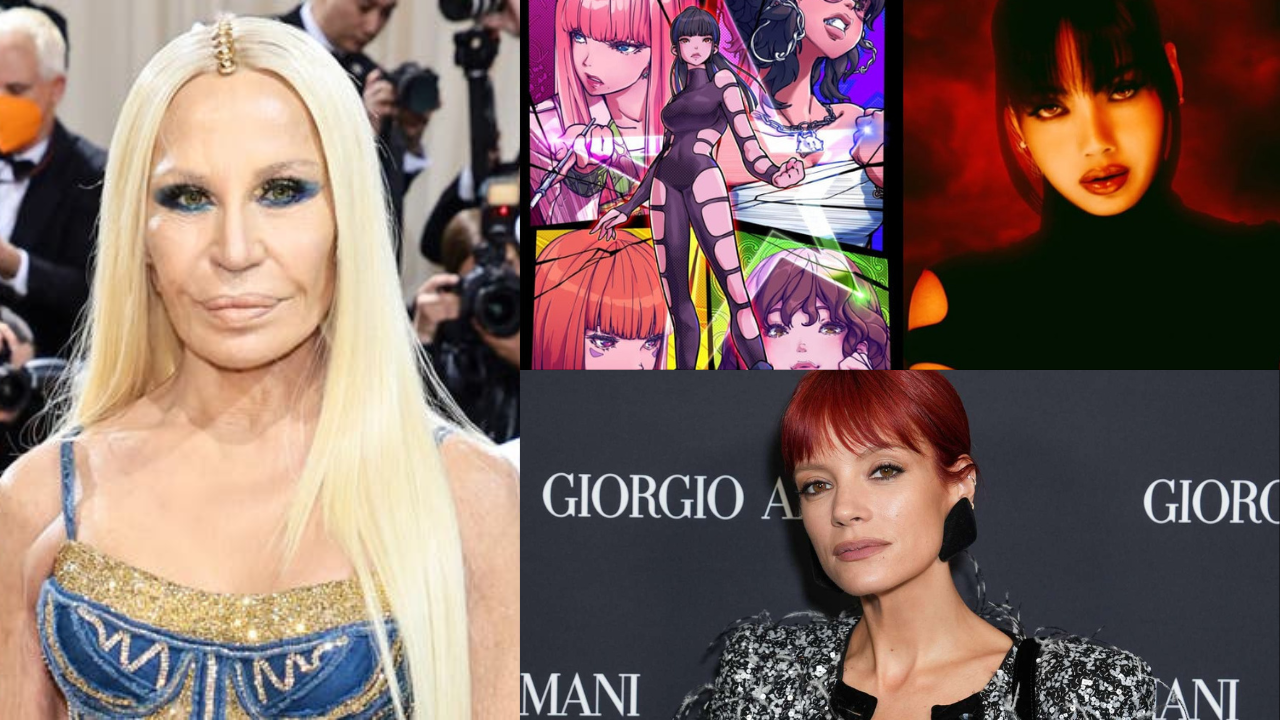
 Fashion9 months ago
Fashion9 months agoWeekly Pop Culture Recap: Donatella Versace has resigned as Versace’s Chief Creative Officer, BLACKPINK’s Lisa is branching out with her graphic novel, ALTER-EGO.
-

 Events6 months ago
Events6 months agoThe Biggest Moments for Indian Cinema at Cannes 2025 That Had Everyone Talking

